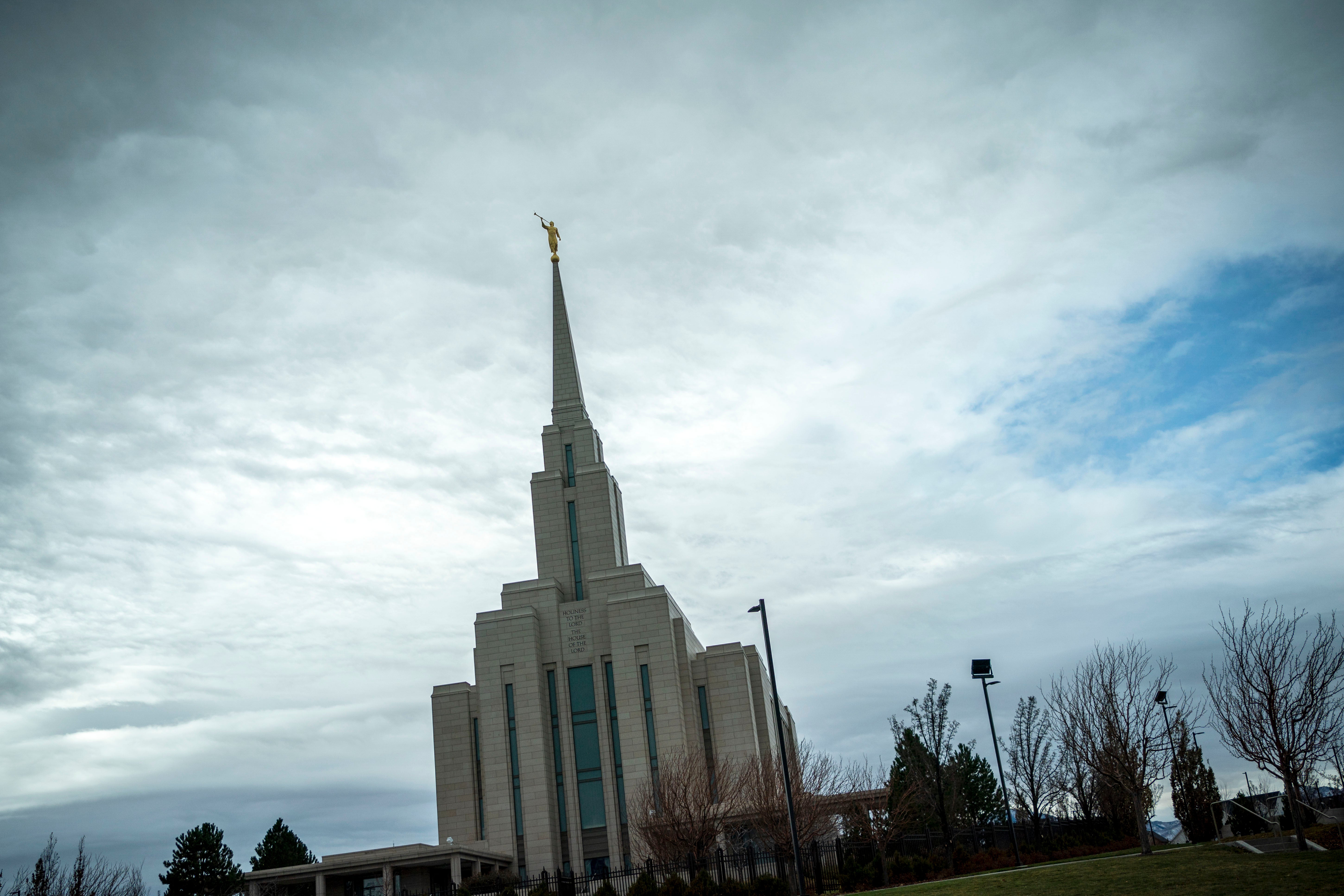The Church of Jesus Christ of Latter-Day Saints (often called by its name as the Mormon Church) has a lengthy history of race relations. This is particularly the case for Blacks within Mormonism. This article is an honest, objective look at the treatment of African-Americans within the Mormon Church. It explains the policies and practices that were put in place and how the Church developed to dispel old beliefs and practices linked to racism.
Blacks are part of Mormonism – Historical Overview
Between 1852-1978, the Mormon Church had a rule which barred blacks from ordination to the priesthood. The underlying reason for this was the scriptures’ interpretations and racial views of the day. Black people were denied certain rites and responsibilities within the Church, leading to an experience of segregation within the Mormon community. It’s important to realize that this discrimination was not exclusive to Mormonism; rather, it represented the widespread prejudices racial that were prevalent in American society in the era of.

Mormon Black People and the 1978 Revelation
The year 1978 marked an important turning point in the history of Mormonism. Spencer W. Kimball was the Church’s president at the time and had a “divine revelation” regarding the exclusion of the priesthood for Black people. This was believed to be an event of significance that lifted a policy in place for over one century. The Church of Jesus Christ of Latter-Day Saints has announced that blacks are now priests and be involved in all aspects of Church life.
Today, the Church has rejected discrimination against people of color, and invites all people, no matter their race, to embrace Jesus Christ. The doctrine now affirms the equality of all people insisting that God loves everyone, regardless of race, gender or social standing.
Joseph Smith’s Fair Treatment of Black Individuals
Joseph Smith, the founder of the Mormon Church, treated Black people with dignity despite prejudices that were prevalent at the time. Joseph Smith may have ordained Black men to the Priesthood during his lifetime, as per historical records. Smith’s beliefs of equality and inclusion within the Church were evident in the ceremony. The subsequent leaders, however, implemented policies that restricted black priests from being ordained which reflected the changing attitudes toward race at the turn of the 19th century. For more information, click Mormons Racist
Suppriming Racism and moving Towards Unity
In modern times The Church of Jesus Christ of Latter-Day Saints has taken substantial actions to combat the negative effects of racism and strive for unity among its members. The Church’s leadership has issued statements that disavow historical racial practices and beliefs. They emphasize that racism in any form is incompatible with the beliefs of Jesus Christ and the core doctrines of the Church.
The Church encourages the values of understanding, love and acceptance in its diverse membership. It affirms the value and worth for every person. The Church tries to inform its members about the importance of cultural sensitivity as well as acceptance.
The article’s conclusion is:
Understanding the Church of Jesus Christ of Latter-Day Saintstheir evolution in dealing with racial issues and the history of Blacks within Mormonism is essential to foster unity. The Church’s past of pain is evident in a rule that for over a century prohibited Blacks from being ordained to priesthood. The announcement in 1978, however, was a crucial moment, signaling an embrace of inclusivity and equal rights.
The current policy of the Mormon Church is to reject racism, affirm equality and promote tolerance and love among its members. By confronting its historical prejudices regarding race and taking steps towards improvement The Church is moving forward along a path of unity and understanding and ensuring that everyone feels valued and respected within the Mormon community.
